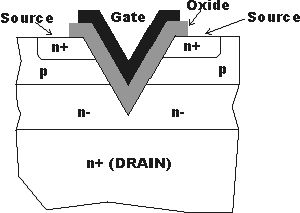graciousparul
Full Member level 2
hello
What's the difference between D-MOSFET and V-MOSFET?
and also tell me which is the good refrence book for high power devices other than Baliga?
Thanks for ur help.
What's the difference between D-MOSFET and V-MOSFET?
and also tell me which is the good refrence book for high power devices other than Baliga?
Thanks for ur help.
